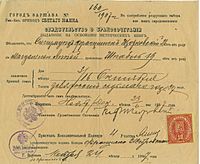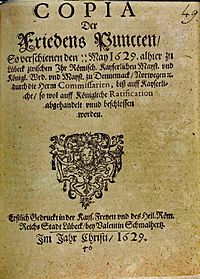Old Style and New Style dates facts for kids
When you read about history, you might see dates followed by "O.S." or "N.S.". These stand for Old Style and New Style. They are used because the way we tell dates today, using the Gregorian calendar, hasn't always been around. Also, the first day of the year wasn't always January 1.
These changes happened not too long ago in history. So, when you see a date in an old book or a history lesson, it's important to know if it's an "Old Style" date or a "New Style" date. During the time when the calendar was changing, people often wrote both dates. Even today, historians sometimes give the original date and then add the modern equivalent to make it easier to understand.
Contents
Why Did Dates Change?
Before the modern calendar, many countries in Europe and their colonies used the Julian calendar. Other parts of the world, like China, Japan, and Korea, used different systems, such as lunisolar calendars.
The Problem with the Old Calendar
Experts in the early 1700s found a mistake in the Julian calendar. It added too many leap years. This small error meant that the date for Easter was slowly moving further away from where it should be.
The New Calendar Solution
To fix this, a new calendar was created. Pope Gregory XIII announced that this new calendar, called the Gregorian calendar, should be used. He wanted it to start in 1753.
However, not everyone agreed right away. Only countries that followed the Roman Catholic faith accepted the Pope's rule. Protestant and Eastern Orthodox countries did not want the Pope to tell them what to do.
Different Countries, Different Times
Because of this, the change to the new calendar happened at different times in different places.
- For example, Great Britain and its colonies (like America) didn't switch until 1752. At the same time, they also changed the start of the year to January 1.
- Russia changed much later, in 1918, after the 'October' Revolution. This is why the "October Revolution" actually happened in November by our modern calendar!
What O.S. Means in Latin
The Latin words for O.S. are stili veteris or stilo vetere. These words are used around the world. They can be shortened to st.v and mean "(of) old style".
Images for kids
-
William Hogarth painting: Humours of an Election (c. 1755), which is the main source for "Give us our Eleven Days".
-
Thomas Jefferson's tombstone. Written below the epitaph is "Born April 2 1743 O.S. Died July 4 1826"
See also
 In Spanish: Estilo Antiguo y Estilo Nuevo para niños
In Spanish: Estilo Antiguo y Estilo Nuevo para niños





